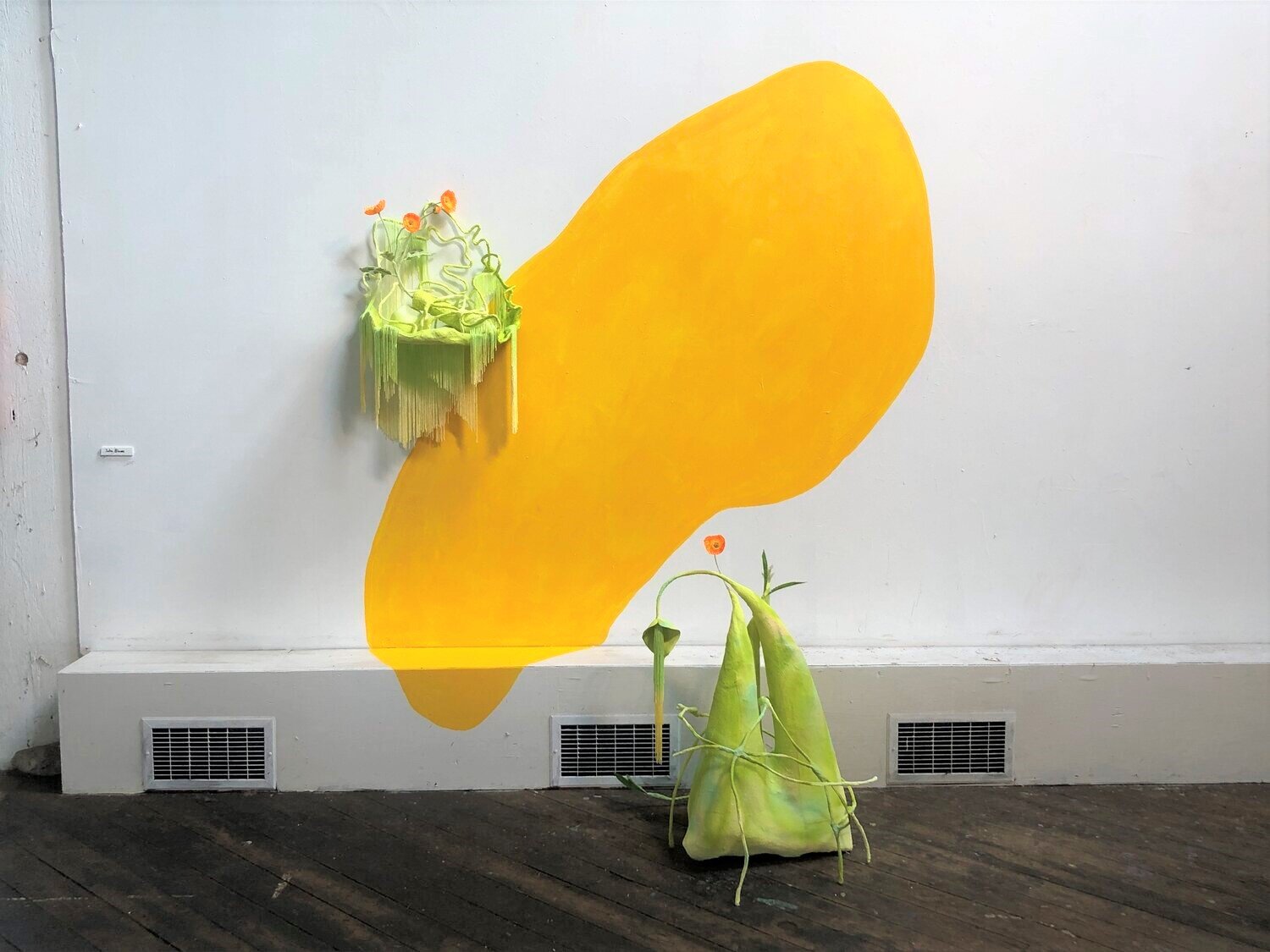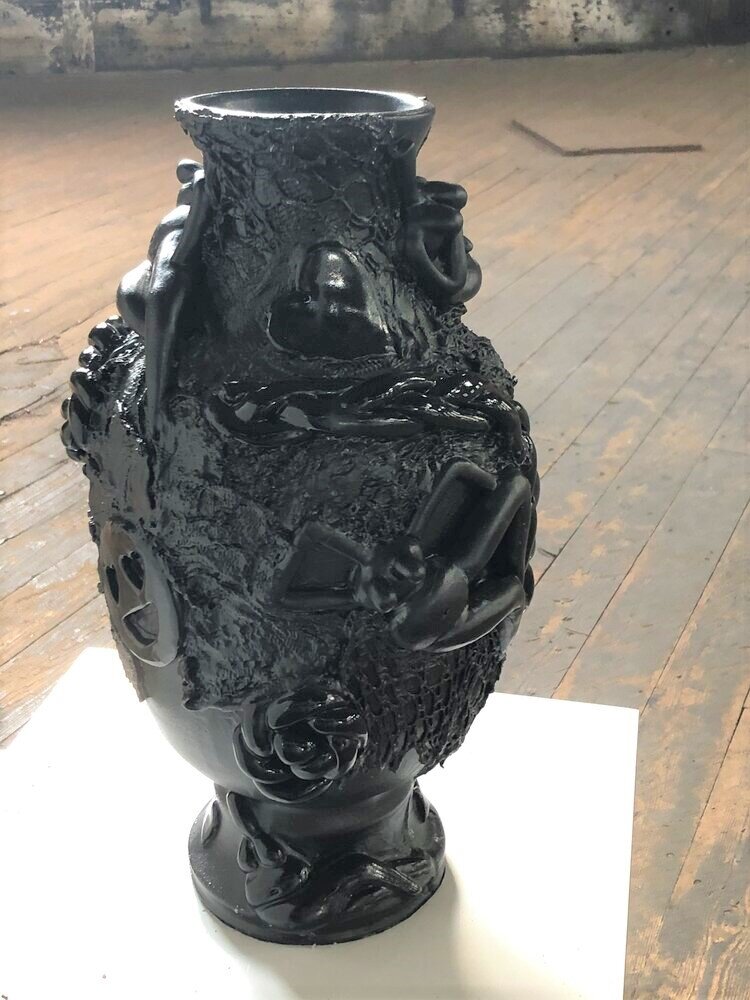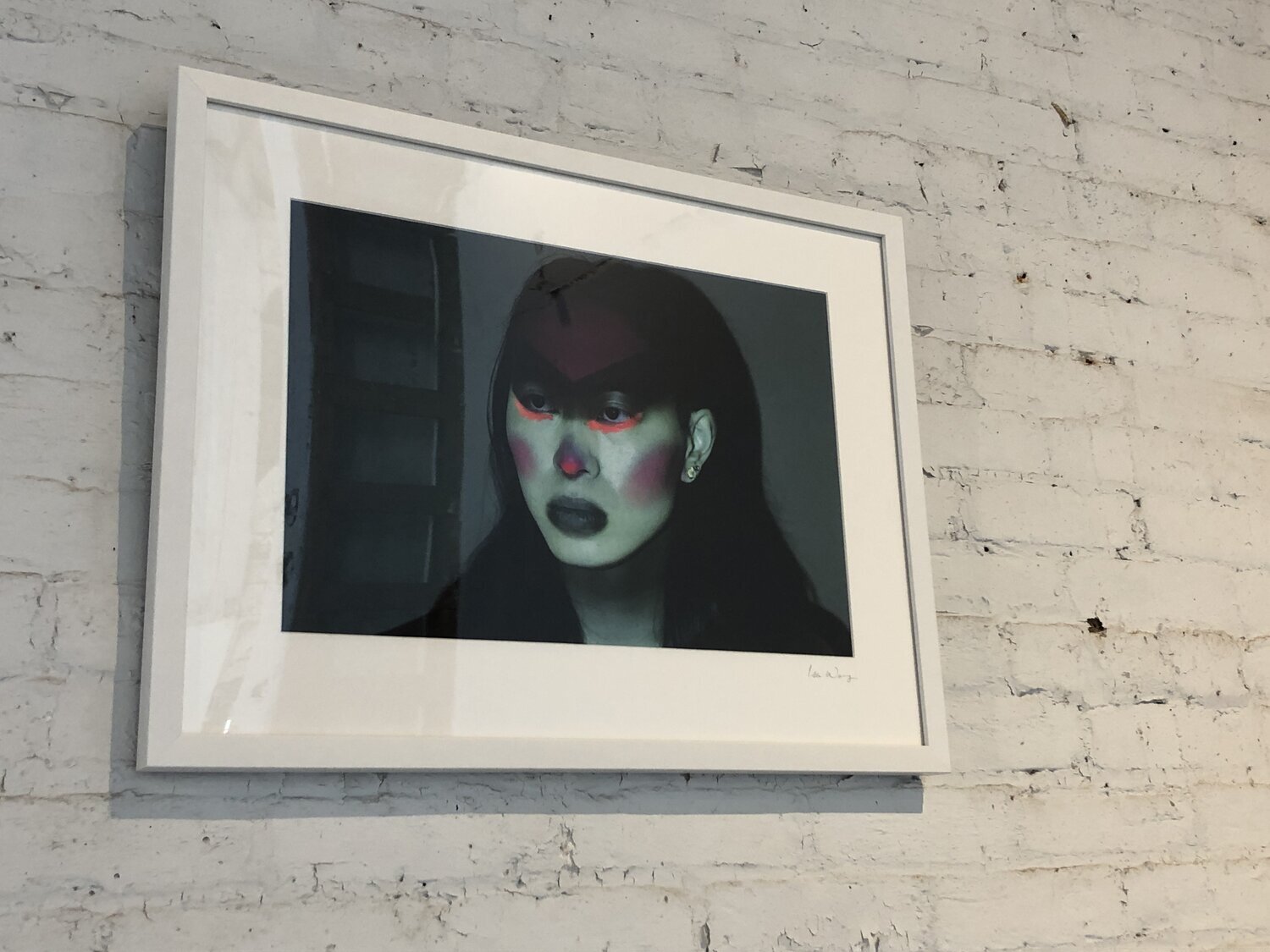The Other Side of the Rainbow
JUNE 26- JuLY 25, 2021
ARTISTS : Howard Schwartzberg, Jen Dwyer, Jon Levy-Warren, Julia Blume, Ruth Rodriguez, Yuko Nishikawa, Isa Wang, Jean Louis Frenk, Suzanne Wright and others.
Often after a storm, comes an amazing rainbow, which can create an inspiring view. Now that everything we have been through in this tumultuous past year is slowly seeming to be in the rearview window, a sense of reflection in our worlds’ has appeared as we are coming “back to life”. Perhaps this awakening and sense of vibrancy is an enhanced awareness. An energy that had been tucked away for safekeeping throughout this period of our “curbed life” is all of a sudden being unleashed with a moment of relief. What happens as the skies open up? We are curious, exploring the spectrum of possibilities, to challenge and wonder. What we are experiencing as a rainbow reminds us of growth, strength, and unexpected. But what comes next? What is on the other side of the rainbow?
Hopeful, awe-struck, reflective, stronger, clearer, unfamiliar, mundane, inspiring, suggestive, appreciative, challenging, seizing the moment, victorious and the list goes on. Through the process of art making each artist creates a dialogue for the viewer to engage with and explore. Increased stimuli of a system activate feedback in such a way as to further increase output. Ones’ experience triggers a response which then leads to further reaction.
Through different lens each artist explores the narrative landscape using a range of perspectives but all provide a transformation. Julia Blume’s ambiguous forms crossover from “humans” and “nature” with her organic highly processed materials, considering the political implications of this artificial separation. The pastel color palettes and delicate objects of Jen Dwyer’s ceramic pieces engage in gender politics to examine agencies of power. Ruth Rodriguez’s paintings are inspired by personal experience and femininity, exploring female isolation, solitude and the gaze.
Howard Schwartzberg’s Bag Paintings, hold a volume of paint, conceptually playing with the filling of form, mass, movement, emotion and history as the weight of what painting represents. Jean Louis Frenk’s, “biomorphic color interactions” start as containers that take on a life and personality with their formed elements of volume, shape and color. Isa Wang’s work focuses on intersecting identities from the lens of American consumerism, examining the representation of marginalized communities in pop culture. Moods, facial expressions and postures provide peeks into peoples’ worlds in Jon Levy-Warren expressive hand drawn lines in his gestural paintings. Yuko Nishikawa draws inspiration from ideas we tend to think “normal” and investigates to offer alternatives in a joyful way transforming a space with her multitude of mobiles hanging above to create a fantastic encounter.




















